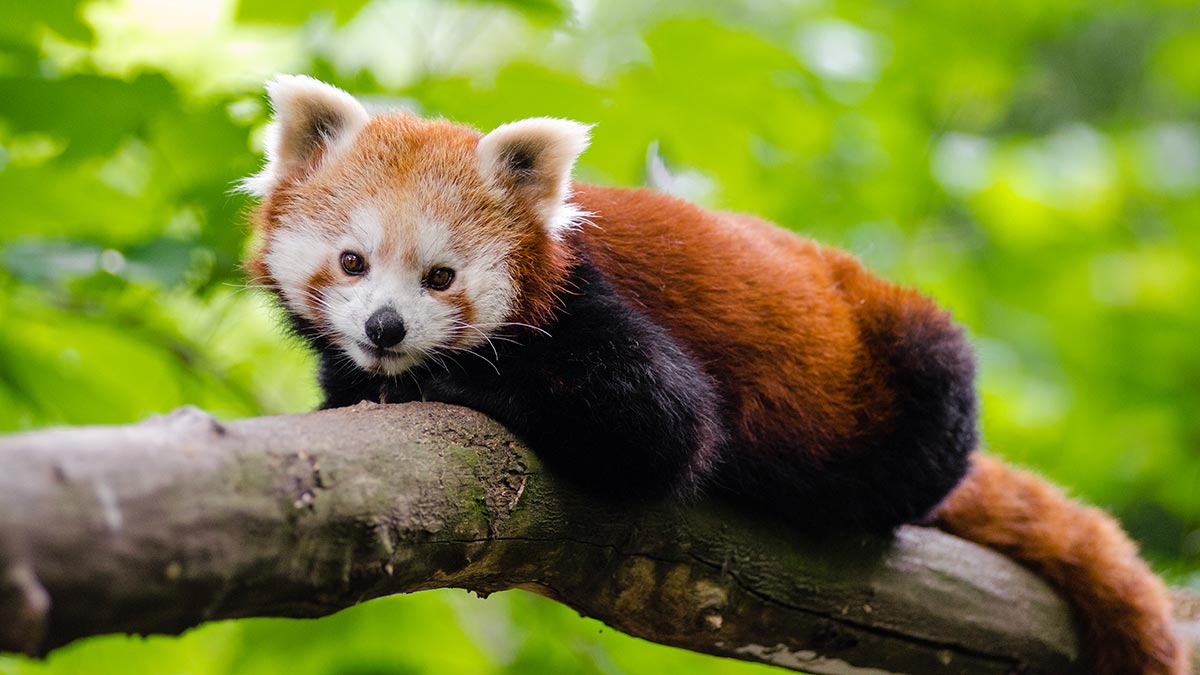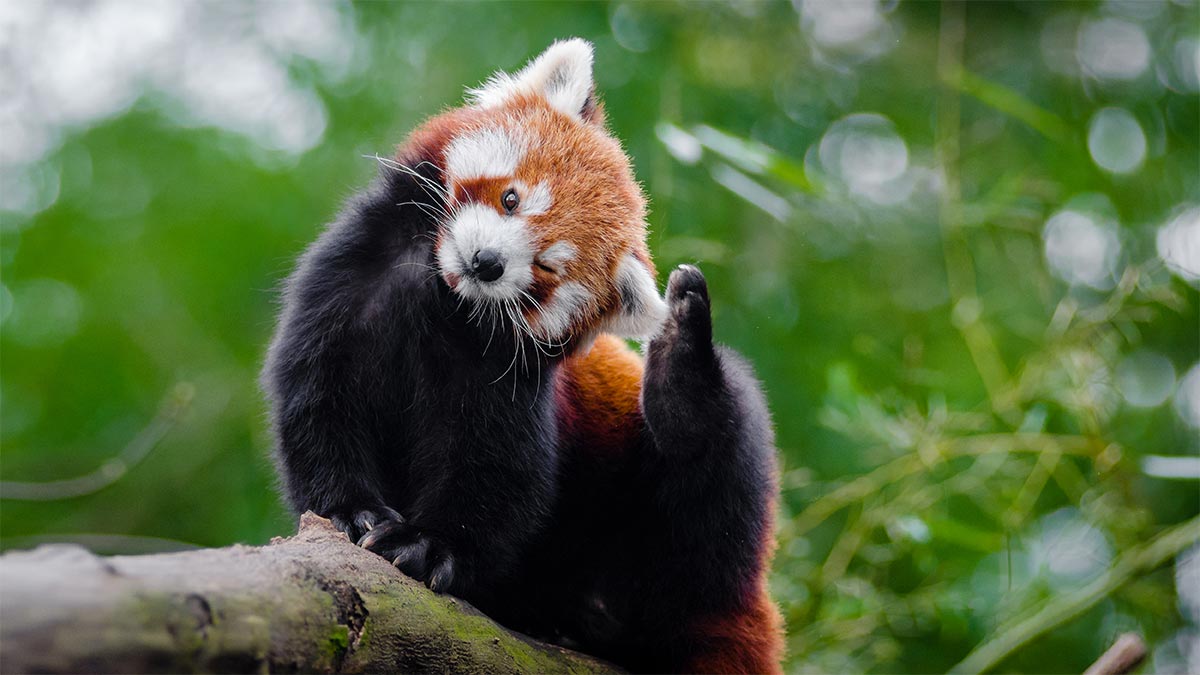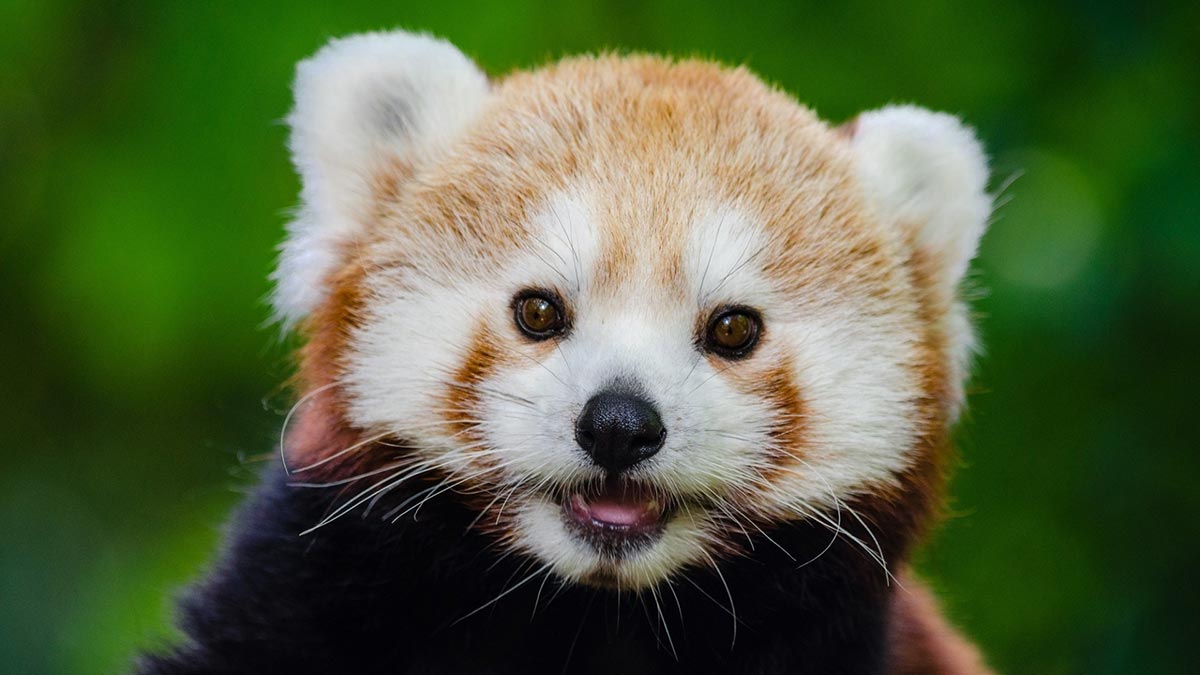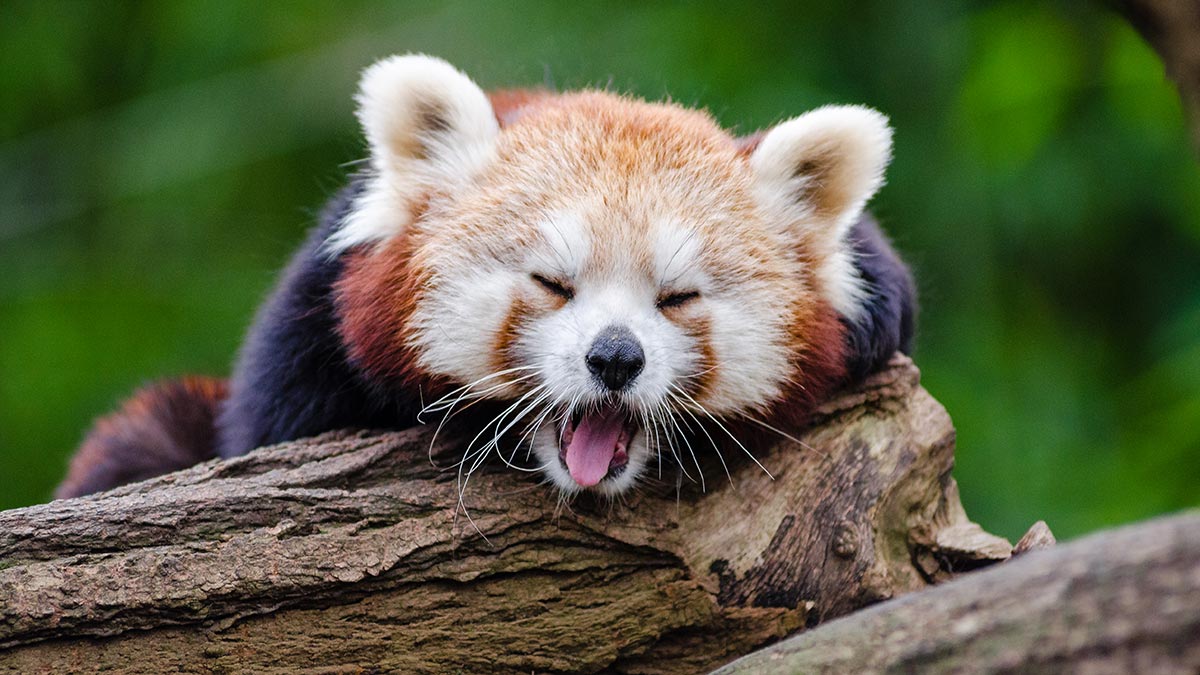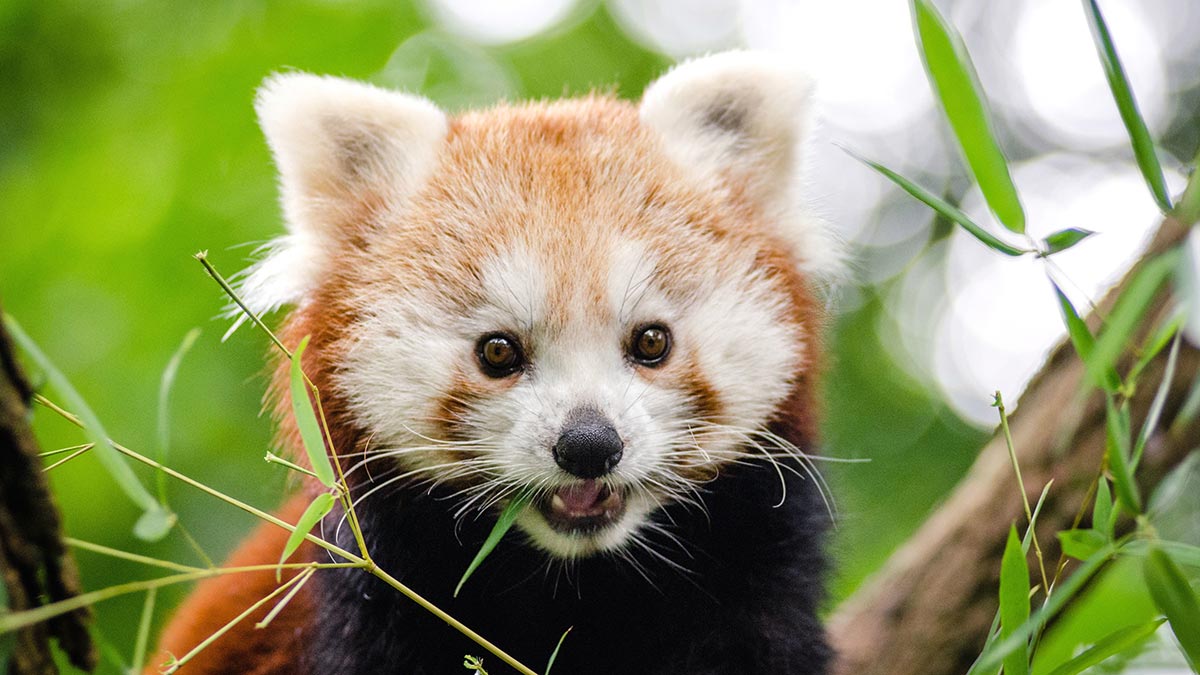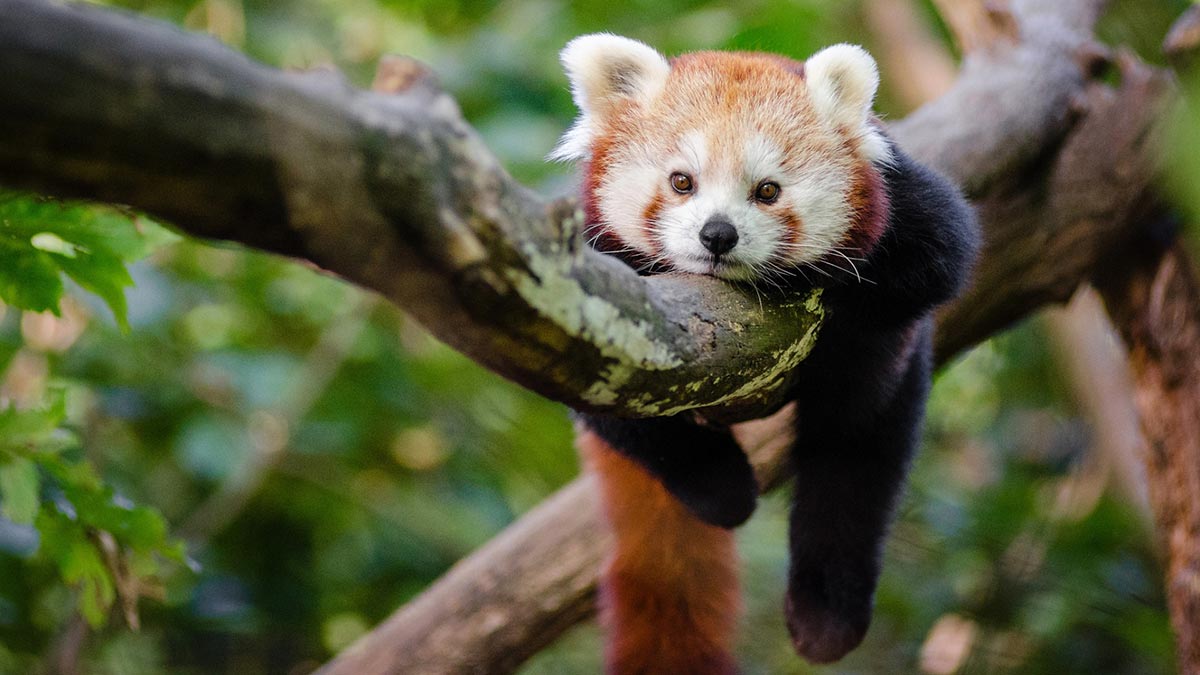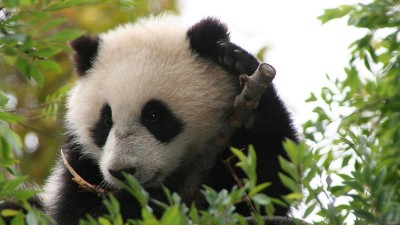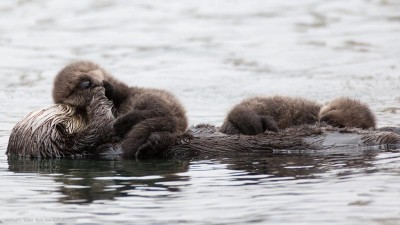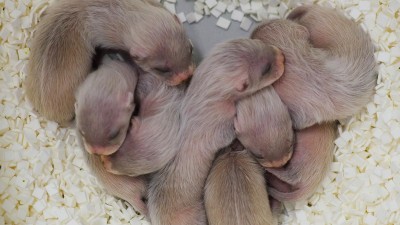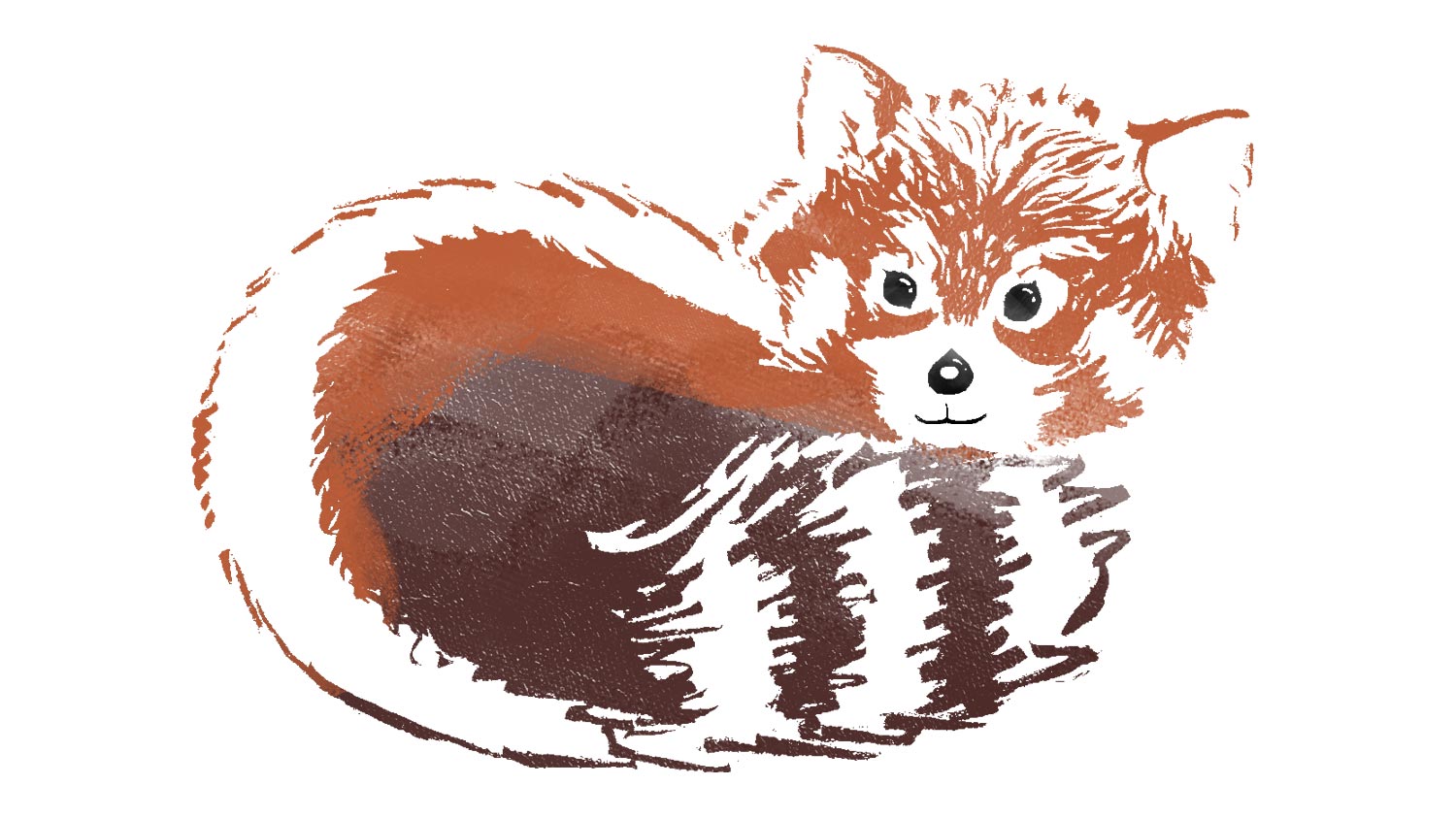
More closely related to the weasel, racoon and skunk than the giant panda, red pandas have a beautiful color and bushy tail.
Photo Gallery
Baby Red Pandas! These little babies are beautiful!
If someone was to mention a panda, you would probably think of a traditional black and white panda bear that loves to munch on bamboo in the jungles of Asian countries. But be prepared to think again! Baby red pandas are a direct contrast to that image with their cat-like habits, raccoon like appearance and their reddish brown fur. Yet they are still considered pandas! While giant pandas look like they’d be a perfect recipient of a giant hug, baby red pandas are made for being cuddled!
Baby red pandas are so unique that they inhabit their own mammal family, the Ailurus genus in the Ailuridae family of mammals! Baby red pandas are called cubs and a single litter has around four cubs. Imagine having four little baby pandas to take care of! These babies are small and will wind up being about the size of a full grown house cat once they are full grown.
Baby red pandas are typically born in the spring or summer months. The mother red panda builds a nest out of sticks and leaves before birth to prepare a comfy and cozy place for the red pandas to sleep while she protects them. A little red panda weighs only about four ounces at birth and really depends on the mother for care as they are both blind and deaf when born. The mommy red panda has all of the responsibilities for raising these cubs! Three weeks after being born their eyes will open and they will see the entire world out ni front of them! They will start venturing away from the nest and exploring their new territory.
The markings and color of a red panda serve as a natural camouflage that aids it in blending into the mossy trees that they reside in. This helps the young cubs with learning to hide as they grow up in the wild. The red panda’s long bushy tail serves as a blanket to shield them from the cold when wrapped around its body. The fur provides excellent thermal insulation to this Himalayan native and extends to the soles on its tiny paws.
